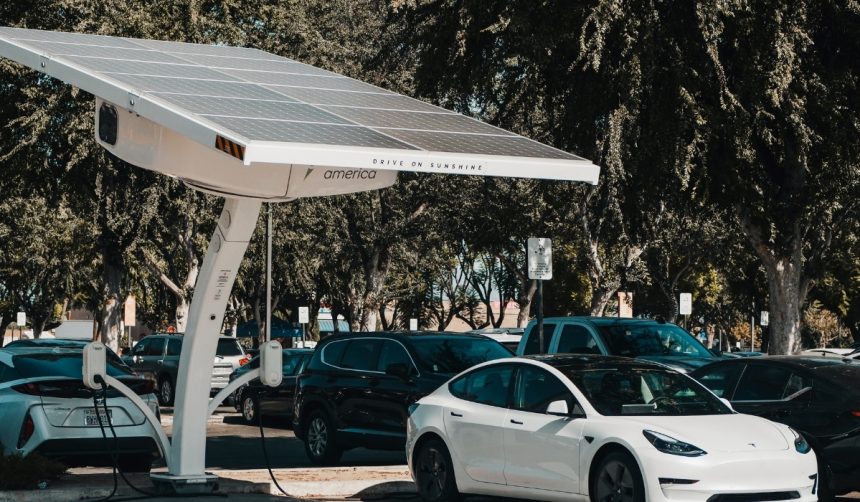The IRS has revised its guidelines for the $7,500 electric vehicle (EV) tax credit, introducing a new measure that could significantly influence buyers and manufacturers, especially Tesla. Previously, only customers who completed delivery of their EVs by September 30 would qualify for the credit. Now, the definition has shifted, allowing those who enter into a binding purchase agreement and make a nominal payment before the deadline to remain eligible—even if delivery occurs afterward. This adjustment reflects ongoing policy responses to supply chain disruptions and consumer demand, providing potential relief for buyers who face wait times for popular models like the Tesla Model 3 and Model Y. Confronted with looming policy expiration, many customers had to compromise on vehicle features to receive their cars in time; the modification is expected to alleviate such pressure.
Earlier reports about the EV tax credit indicated a strict adherence to a hard September cutoff, causing users to rush decisions or settle for less desirable configurations. At the time, buyers with delayed deliveries were largely left without recourse, intensifying demand and contributing to longer wait times for Tesla vehicles. The new adjustment offers a more lenient approach, aligning the benefit window with the realities of production logistics and high order volumes, and introducing a level of flexibility previously unavailable to both consumers and automakers.
How Does the IRS Update Affect EV Purchases?
According to the IRS, a vehicle is now considered “acquired” once a binding contract and any nominal payment are in place.
The agency states, “A payment includes a nominal down payment or a vehicle trade-in.”
For those who secured such an agreement before September 30, delivery delays no longer disqualify them from the tax credit. This rule applies to various EV brands but holds particular relevance for Tesla, whose high-demand models frequently experience backlogs.
What Does This Mean for Tesla and Its Customers?
Tesla, amid elevated interest for models such as the Model Y and Model 3, stands to benefit as the update keeps more customers eligible for the $7,500 credit. Sales previously at risk due to production or delivery constraints may now extend into the final quarter of the year.
Tesla commented, “This change allows more customers the flexibility to order the vehicle they truly want.”
Consequently, Q3 sales numbers for Tesla are likely to be supported by customers who would otherwise have missed out on the incentive.
Will the Extension Impact the Broader EV Market?
The adjustment does not create a permanent extension of the tax credit but effectively offers consumers additional purchasing time and flexibility. Other EV manufacturers may similarly benefit, as the measure applies industry-wide. However, the immediate impact is most pronounced for brands experiencing the largest backlogs, such as Tesla, whose vehicles have been in particularly high demand leading up to the original credit cutoff date.
The recent policy change by the IRS yields greater clarity and flexibility for EV buyers navigating rapidly changing timelines and availability. Allowing a binding purchase contract as proof of vehicle “acquisition” addresses challenges caused by high demand and evolving supply chain dynamics. Consumers can now place orders with greater confidence, knowing they are less likely to lose eligibility if their preferred model faces delivery delays. For Tesla, the influx of eligible orders supported by this change may level out fluctuations in quarterly performance reports and contribute positively to customer satisfaction. Industry observers should watch how other automakers respond to the updated rules and whether similar adjustments will become standard in future EV incentive programs. For buyers interested in Tesla vehicles, acting before the contract cutoff remains crucial for credit eligibility.










